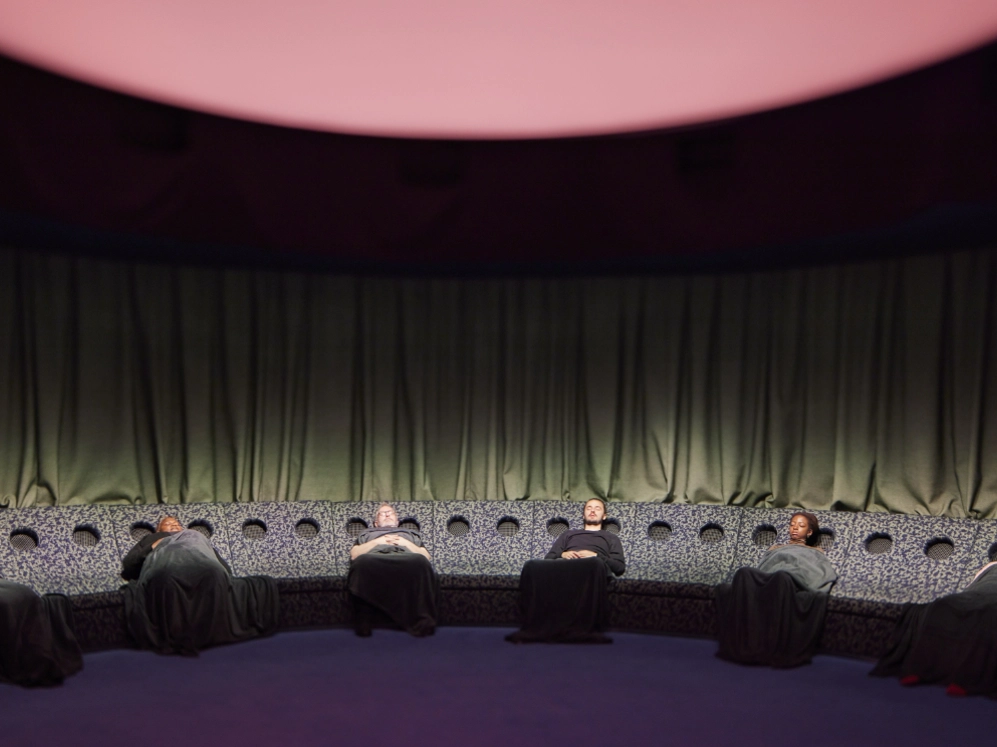
Date 06 June 2024
Following the launch of our cultural study ‘Neuroaesthetics—Design for the Mind’ in partnership with FSB Franz Schneider Brakel, we invited Kinda Studios co-founders Katherine and Robyn to host a webinar to answer these questions, and to bring to life the study’s findings.
With an introduction from Sarah Doyle, VP, Global Brand Leader & Deputy Managing Director of Design Hotels, the webinar covers what neuroaesthetics actually is, before delving into examples of how it can be applied in the design world, and what we can all do to design for emotional responses. The full webinar is yours to watch below.
Katherine Templar-Lewis
This cutting-edge field explores the measurable impact of aesthetics, culture, and environments on our brains and bodies, shaping everything from our emotions, decision-making, memory, language, and consciousness.
But what does the science say about it?
The arts change our brain. Just 20 minutes of art a day can be as beneficial as getting enough sleep, and can reduce the stress hormone cortisol, while consistent gallery visits are associated with lower risks of dementia.
The brain craves sensory information. Our body’s physiology responds to our environments without our awareness, and as sensations enter the brain, they set off a cascade of neurobiological effects in a continuous feedback loop.
Connectedness is key. As social beings, our well-being is deeply rooted in engaging relationships, and connecting with our environments gives us a sense of purpose within our communities.
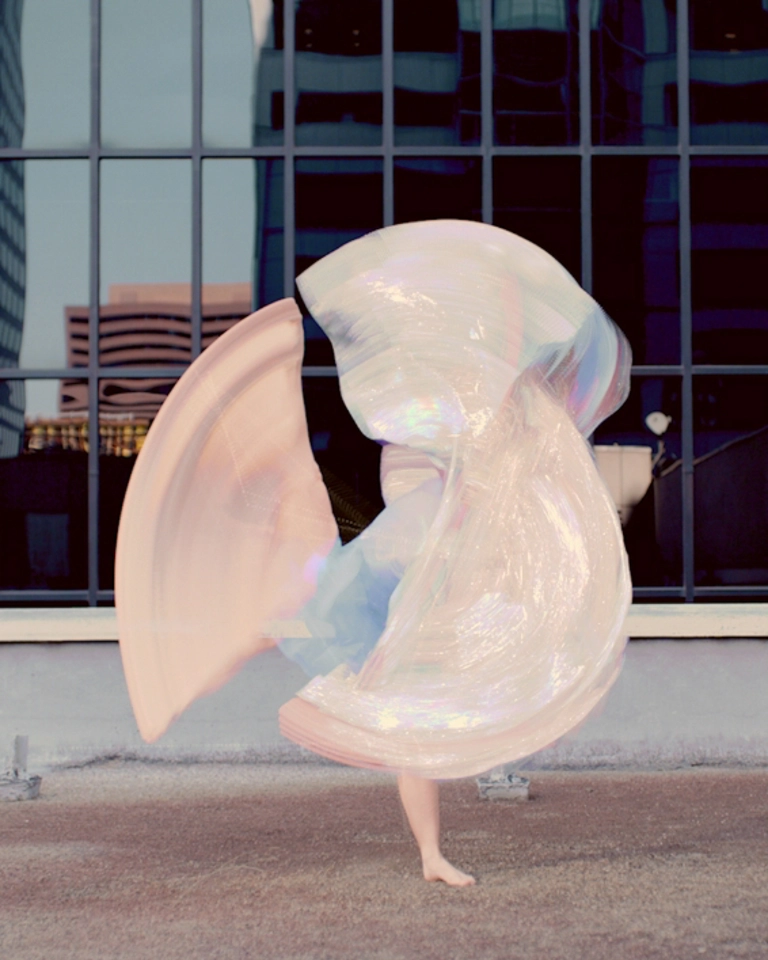
Liam Young in collaboration with Jacob Jonas, video still from Choreographic Camouflage, a dance performance. Image courtesy of the artist.
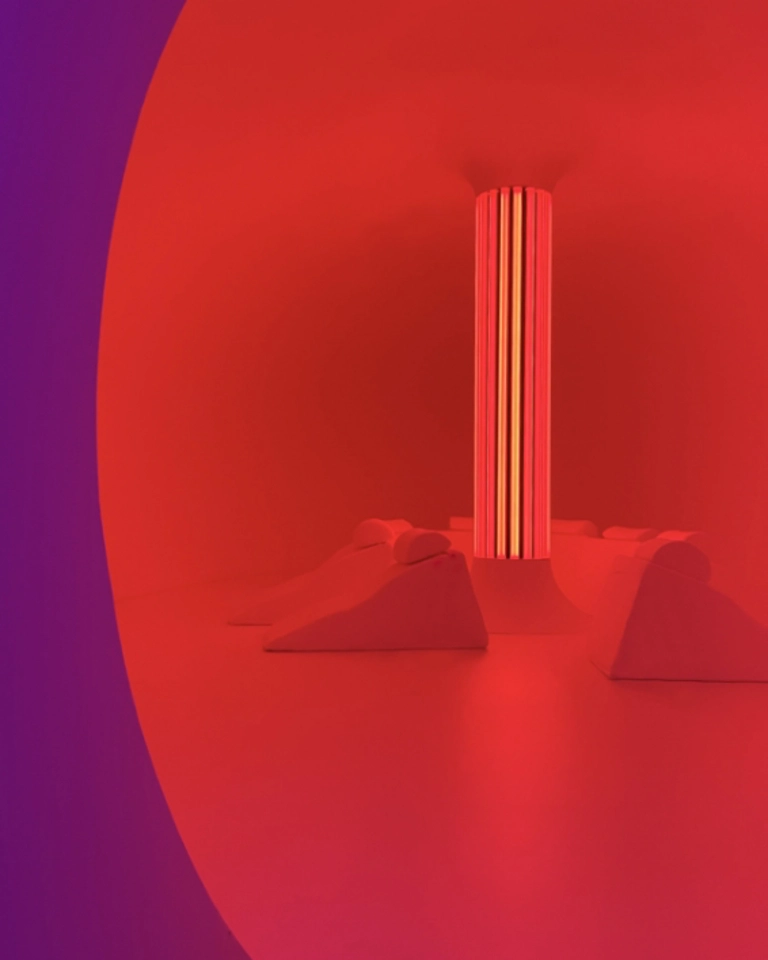
Satellite One by Chromasonic connects color and sound through a proprietary art technology.
Robyn Landau
All of us see and experience the world in our own way. From neurodivergence—up to 15-20% of the world's population is neurodivergent; cultural diversity—where our differing values and preferences inform our identity and perspective; and perceptual diversity—where variances in color perception, time, hearing, and imagination influence our experiences—these forms of diversity are informing design itself.

Objects of Common Interest create works that command attention and emotional response. Image credit: Brian W. Ferry
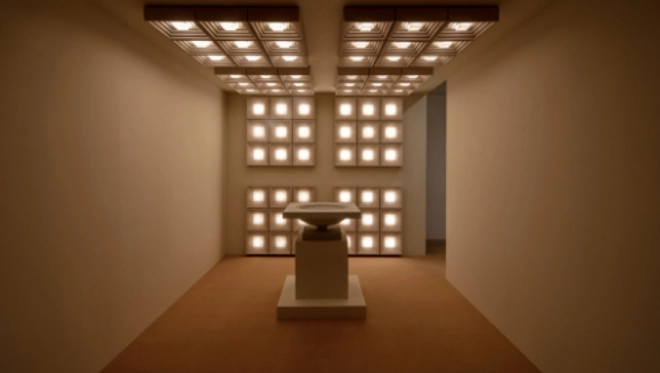
Lee Broom's ‘Divine Inspiration’ explores how light can evoke a sense of awe, stillness, reverence, and contemplation. Image credit: Luke Hayes

James Turrell, Ta Khut, 2021. Image credit: Florian Holzherr
Robyn Landau
Yet, we’ve only scratched the surface of how these spaces affect our brains and bodies. But scientific advances and technological innovation are creating a new interdisciplinary potential.
New non-invasive technologies; EEG headsets, biosensors, brain-computer interfaces, and AI are allowing us to make meaning of our moment-to-moment responses in real-world settings.
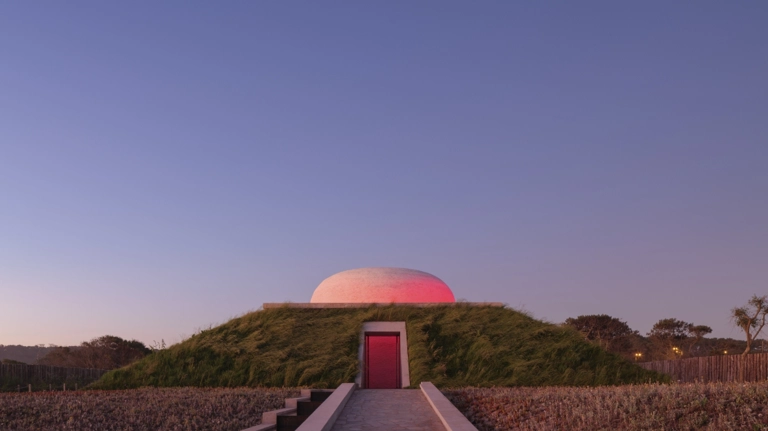
James Turrell’s Ta Khut, in José Ignacio, Uruguay, acts as an immersive meditation chamber.
Image credit: Florian Holzherr.
Robyn Landau
Smell is one of our most potent senses, evoking deep emotions and somatic memories. In what ways can you enhance the guest experience through scent? What subtle cues can be added to facilitate the intended feelings and behaviors?
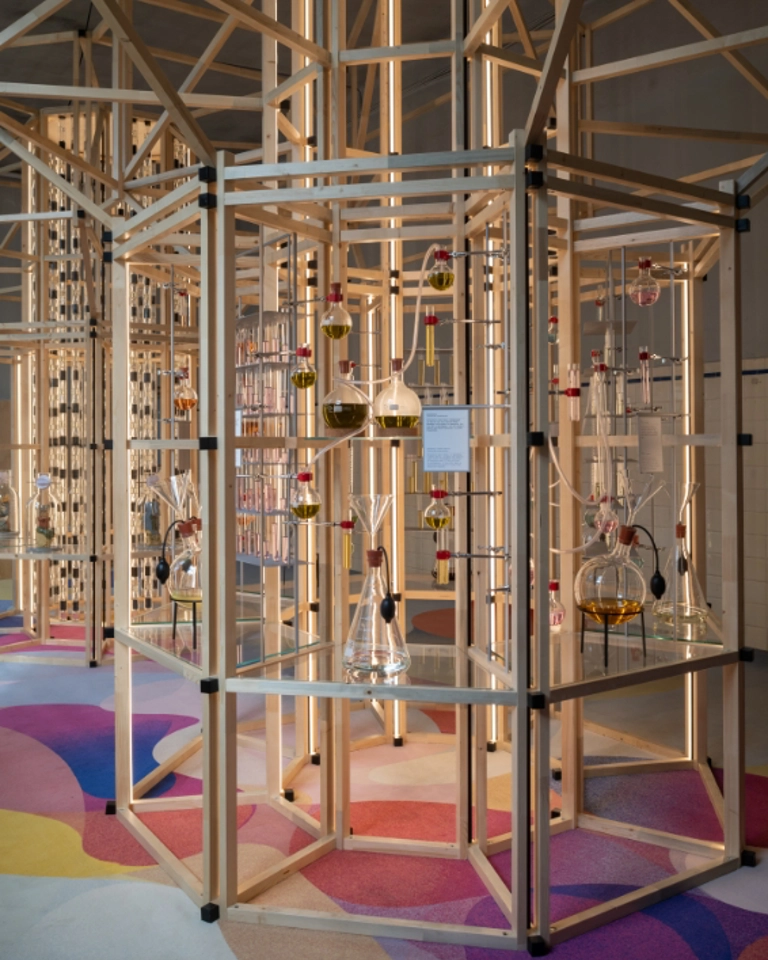
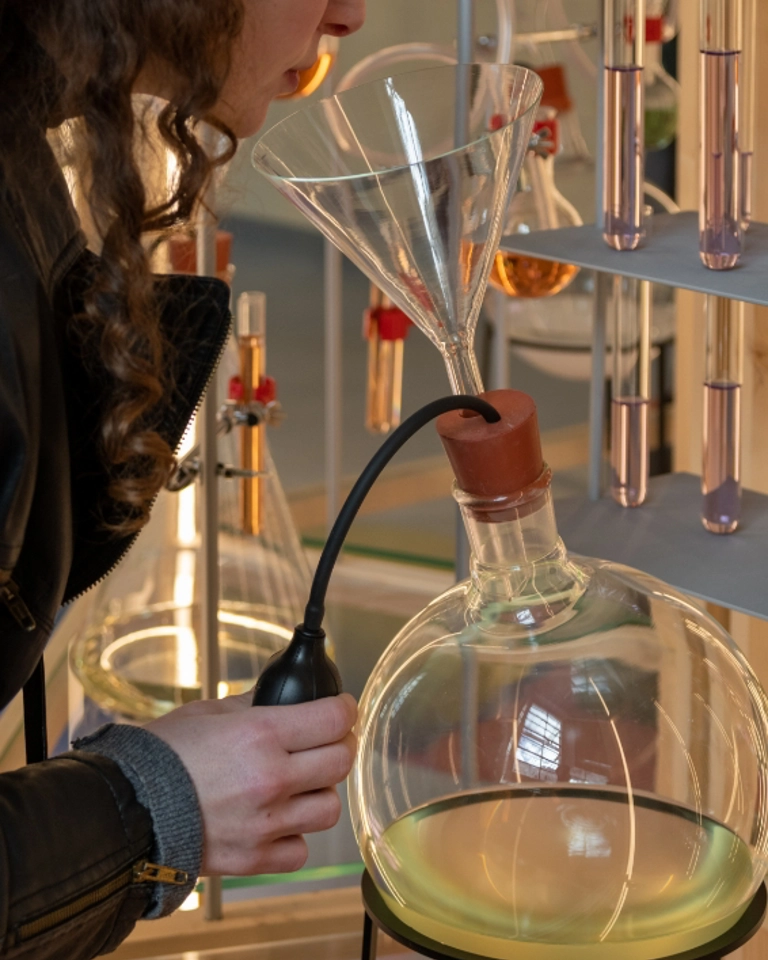
Expériences Immobiles: DWA Design Studio transforms the notes in a perfume into vibrant colors, creating a multi-sensory experience. Image credit: Giulio Ghirardi.
Katherine Templar-Lewis
Neuroaesthetics insights can be broken down into four crucial pillars: designing for belonging, transformation, community, and longevity. Our most primal needs can therefore be taken care of in a space, whether the goal is to to feel relaxed, connected, inspired, or expanded. These needs are paramount not just for a sense of individual well-being, but for our planetary well-being, too.
Robyn Landau
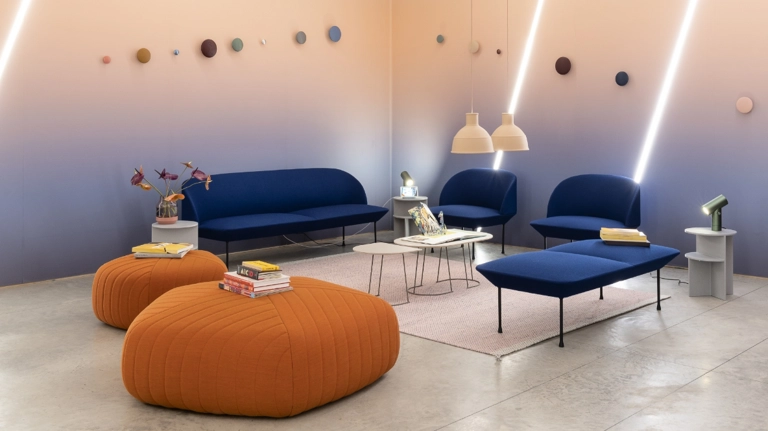
A Space for Being’, an interactive, multiroom installation designed by Reddymade in collaboration with Muuto, Google, and Johns Hopkins University.
Image courtesy of Muuto.
Explore more of ‘Neuroaesthetics—Design for the Mind’ by downloading your complimentary copy here.